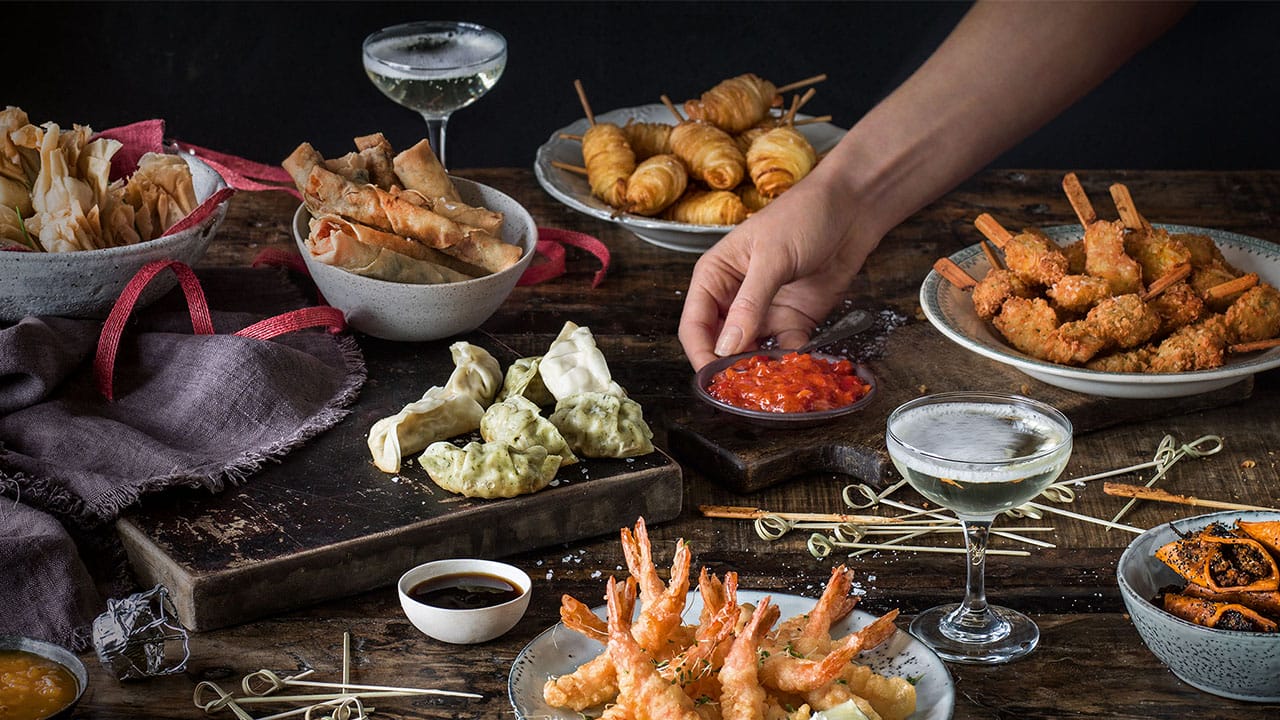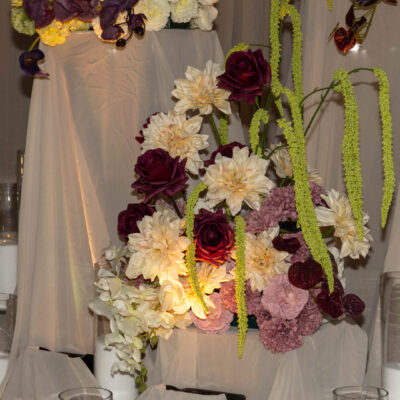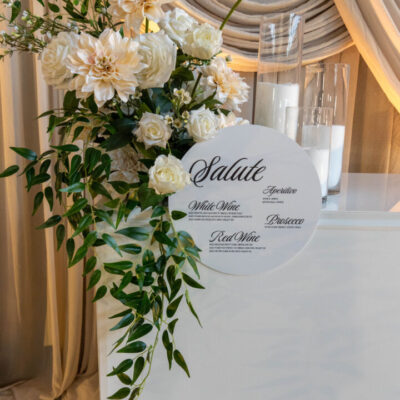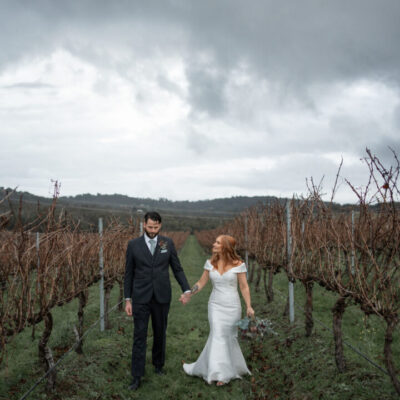A Complete Guide to Event Catering
When hosting a party, wedding, or event, one of the most most common questions people as is, ‘how much food do I need for my party?’ Not having enough food can leave guests hungry, while over-catering could lead to unnecessary waste. While there isn’t a one-size fits all solution, there are many factors that influence how much food is needed. This guide will walk you through everything you should consider when catering for an event, ensuring you get the balance just right.
This blog post has been compiled with advice from Party Food Melbourne, helping confidently plan your event’s catering.
Factors That Affect Catering Requirements
Determining how much food you need for your event is more art than science. Here are the key factors to consider:
- Number of guests
- Age of guests
- Gender mix
- Type of event
- Event timing
- Guest preferences
- Party length
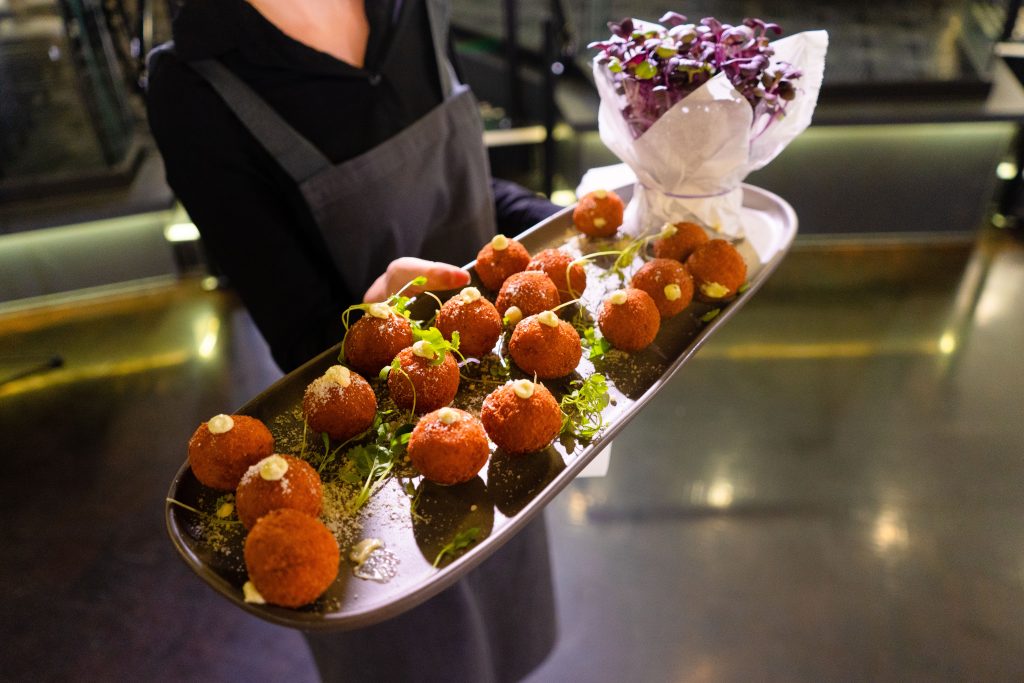
Age Considerations When Catering for an Event
Age plays a large role in how much food your guests will consume. We find that generally, older adults have a bigger appetite than younger adults. In particular, adolescent girls and younger adults may not eat as much, especially in social settings where they are mingling with people around them. However, if you’re hosting a sports group or an active crowd, you can expect them to eat more.
For kids, you can use a simple rule of thumb: 2 children typically eat the same amount as one adult. Remember to always ask parents about food allergies ahead of time!
Timing and Type of Party
The timing of your event can significantly impact how much food is required. If your event runs over a main mealtime, you’ll need to serve more food. For example:
- Dinner party: Requires substantial portions of booth main courses and sides
- Afternoon event: Might only need light snacks or finger foods
- Cocktail party: Typically involves fewer heavy dishes but still needs to offer variety and enough portions for your guests to stay satisfied throughout the event
How Much Food to Serve at Different Types of Events
Here’s a rough guide of how much food you should plan for various party types:
Dinner Party
For a more formal sit-down dinner party, aim to serve around 300-400g of food per person. Here’s a breakdown:
- Main protein (meat, poultry, or fish): Plan for 150g per person for one main dish or 200g per person if serving multiple main dishes.
- Sides (rice, grains, potatoes, or vegetables): Around 50g-150g per person, depending on the type of side and whether it’s a key part of the meal.
- Salad: A simple green salad is a great accompaniment, with 30g per person.
- Pasta: If you’re serving pasta, estimate 50g-75g for side dish, 70-90g for an entrée, and 200-300g for a main dish.
How Much Dessert to Prepare
Not everyone is a dessert lover, so plan accordingly. When serving cake or cupcakes, plan for 1 slice or piece per guest, but keep in mind that many guests—especially children—may take cake home. If offering a dessert bar or a variety of sweets, consider these quantities:
- 1-2 pastries or tarts per guest.
- 2-3 mini desserts or petit fours.
- A fresh fruit platter (one platter for every 40 guests).
- For creamy desserts like mousse or pudding, allow 120g per guest.
Special Considerations for Buffets and Finger Food
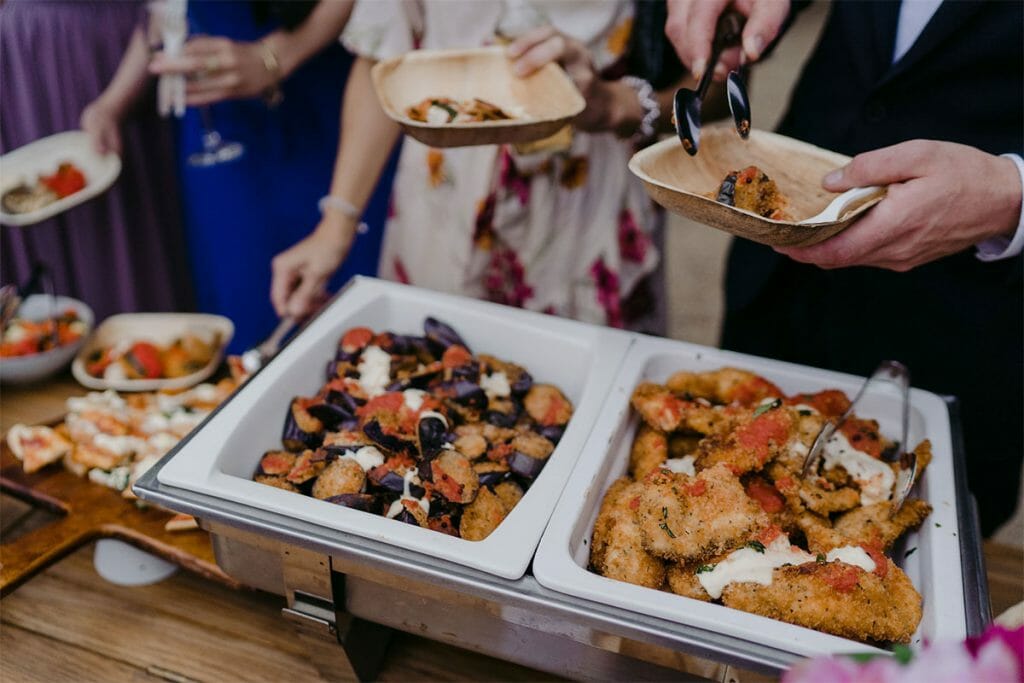
When offering finger foods at a buffet, variety is crucial. Include a mix of hot and cold items, and consider the visual appeal of your dishes. People eat with their eyes first, so make sure your menu has a mix of colors and textures to keep things interesting. Additionally:
- Don’t repeat main ingredients. For example, avoid using pumpkin in both your entrée and your main course.
- Mix up the flavors. Ensure finger food choices work well together—serving an Asian-inspired dish alongside a European menu could lead to an odd flavor contrast.
- Balance textures. Offer a combination of creamy, crispy, crunchy, light, and dense items.
Managing Allergies & Dietary Requirements
Never overlook the importance of checking for food allergies or dietary restrictions. Ask your guests in advance to ensure no one is left out or unable to enjoy the food. Nothing ruins an event for a guest faster than being unable to eat any of the food due to an unplanned allergy. Make sure to label allergen-friendly options, and always have a variety of foods that cater to different dietary needs.
Other Tips for Successful Catering
- Allow for a variety of tastes. Some guests prefer plain foods, while others are more adventurous. Strike a balance in your menu.
- Garnish thoughtfully. This simple touch can elevate your food presentation and make it more visually appealing.
- Plan for leftovers. If you’re unsure, it’s always better to have a little extra than not enough.
Conclusion
Catering for your event involves more than just throwing together a menu. It’s about thinking through how much food you’ll need, considering the event timing, the guests, and the type of party. Proper planning can make your event feel abundant without overwhelming your guests (or your budget).
If you’re ever in doubt, consult with a catering professional or a party planning expert. They can guide you through the process and ensure you hit the sweet spot for your event catering.

